Lateral Erosion – Sideways erosion by a river on the outside of a bend
It eventually leads to the widening of the valley and contributes to the formation of the floodplain
To remember the meaning of the term Lateral Erosion, use the following mnemonic:
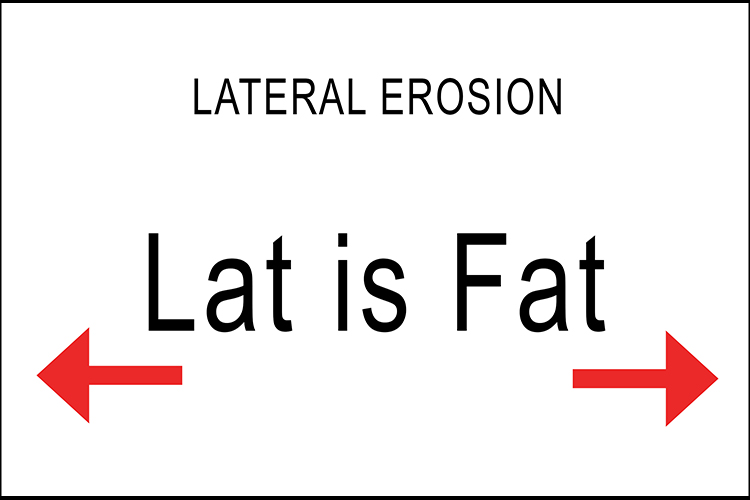
"Lat is fat" will remind you that lateral is the movement sideways, not down.
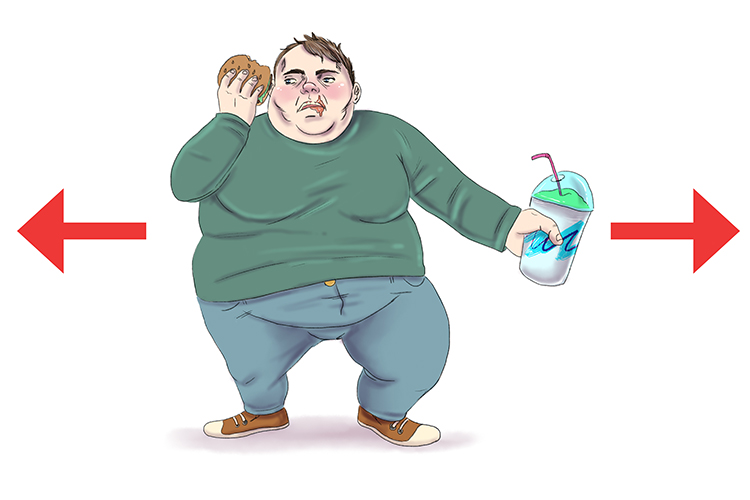
"Lat is fat" – he keeps growing sideways.
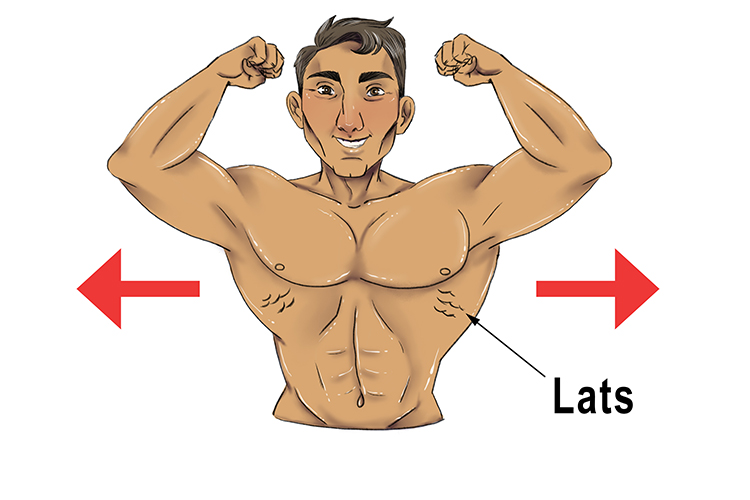
Remember, if you are a bodybuilder your lats come out sideways on your back. This helps remind you that lateral is the sideways movement.
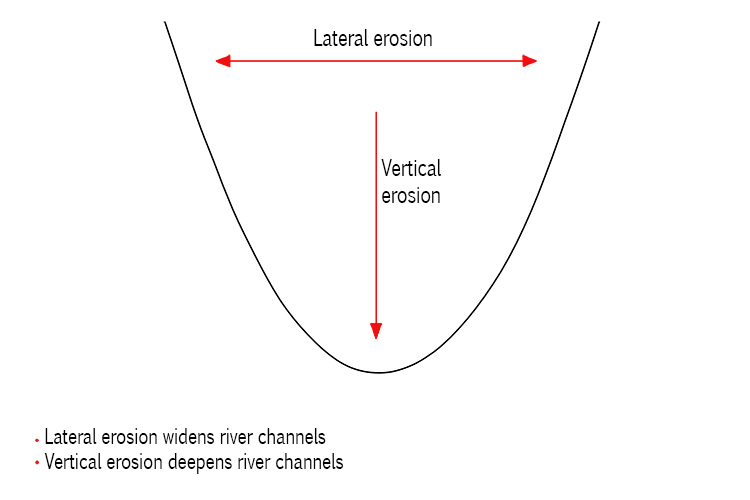
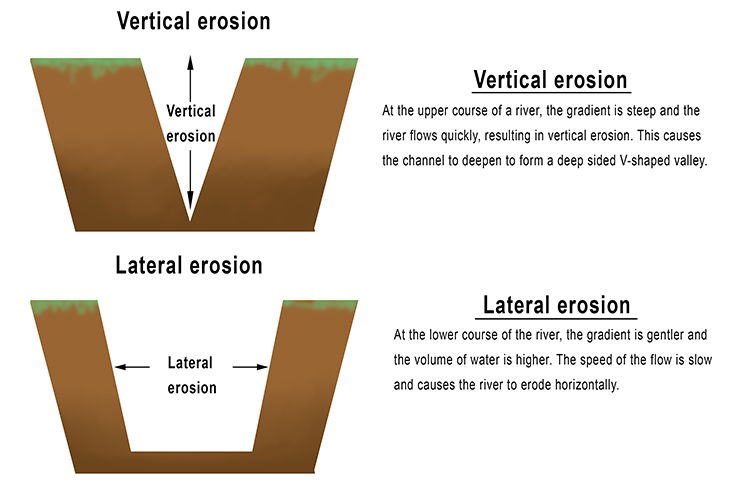
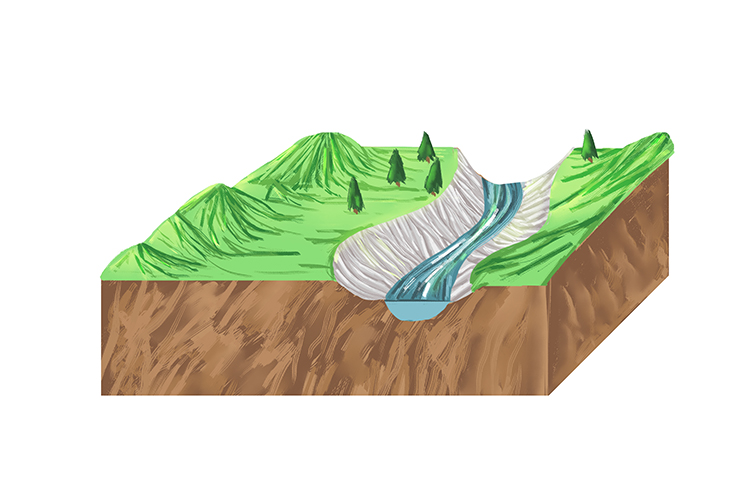
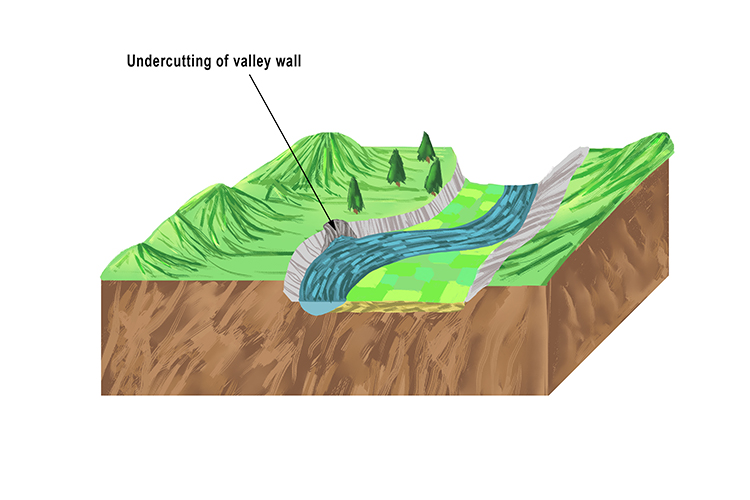
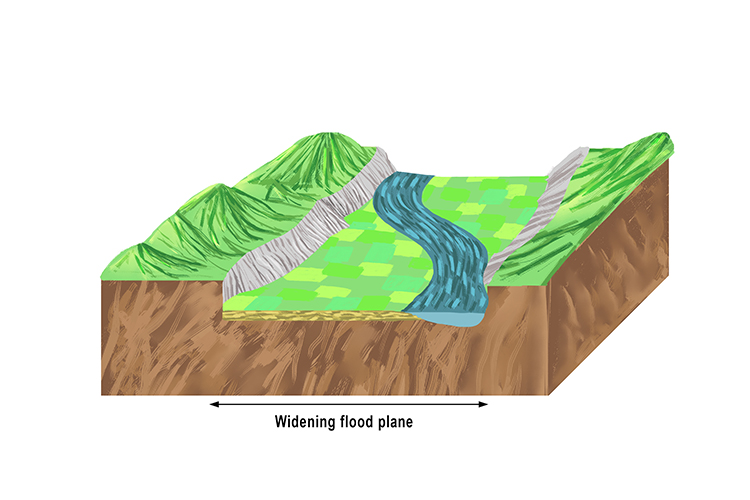
These three images show how a flood plane widens in stages as a river meanders, altering course over time.

This cross-section view shows some of the key features of a meander in a river. Erosion occurs where the current is fastest.
Lateral erosion occurs on the outside (longest side) of a river bend. It causes undercutting of the riverbank, eventually forming a small cliff.
On the inside (shorter side) of the bend, there is less water, so friction causes it to slow down, lose energy and deposit the material the river is carrying, creating a gentle slope.
The build-up of deposited material eventually results in what is known as a slip-off slope, or river beach.




